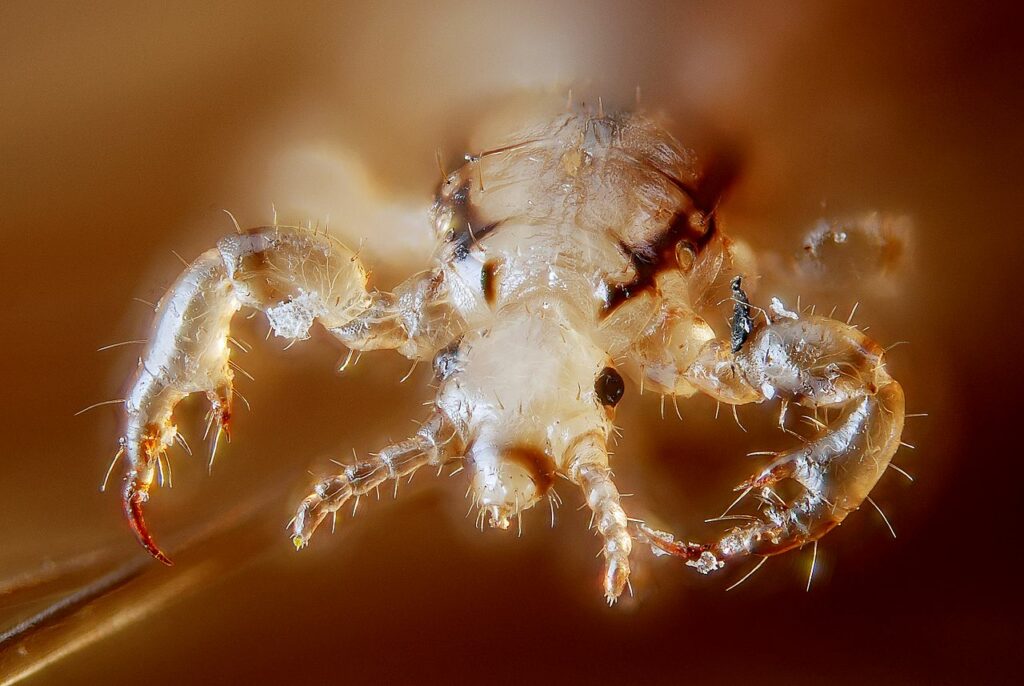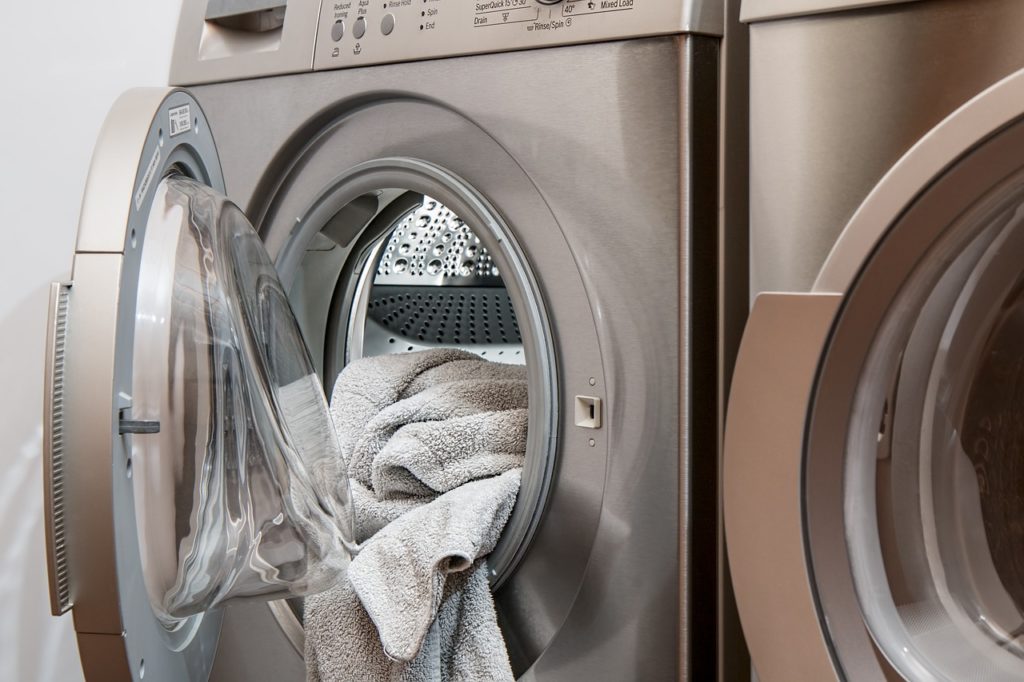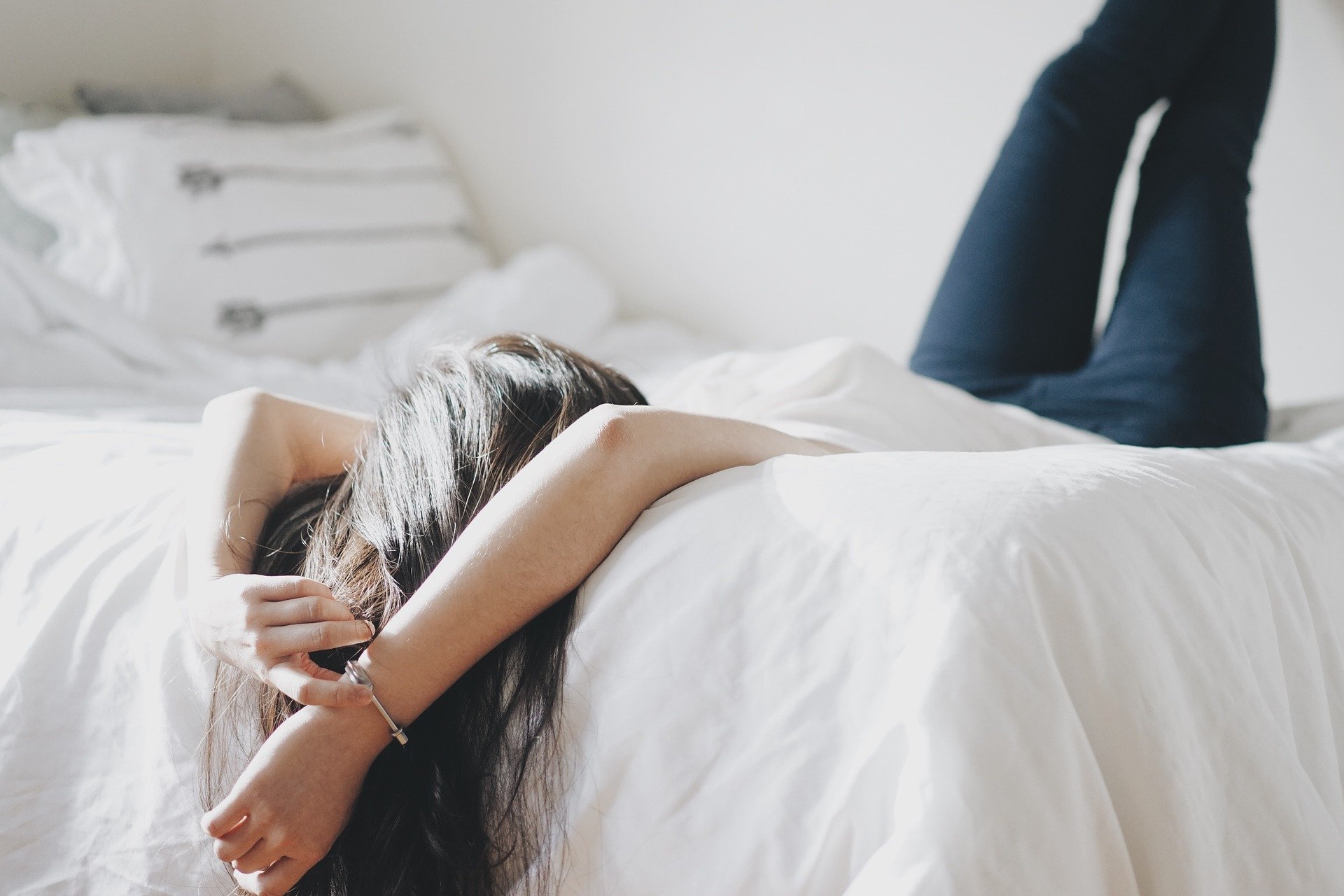Head lice are resilient creatures, so there is a real sense of satisfaction when you finally get rid of them. But then a thought comes into your mind… what about the mattress? So, can head lice live in your mattress and reinfest you? Do you have to clean everything around your home to completely get rid of these pests?
Yes, headlice can live in your mattress….
Yes, technically, head lice can live in your mattress, and they can reinfest you. But they can only live for a day or two. They will never thrive in mattresses like bed bugs or fleas.
Head lice cling onto their hosts very well because they need them to survive. These pests feed on blood multiple times a day. If they can’t feed consistently, they die. Without a host, they can only live for so long.

How to remove head lice from your mattress
Even though head lice are very vulnerable without a host, 48 hours is still a lot of time to reinfest someone. All it takes is a person to get in contact with your bed sheets, blankets, and pillowcases.
Reinfestation doesn’t just risk the infested person. It also risks the other people in your home, as they unknowingly come into contact with that person and get head lice themselves.
So, you need to get rid of the head lice in your mattress to prevent such things from happening.
1. Wash linens
Strip down your mattress. Remove bed sheets, blankets, pillowcases, and everything else, and put all of them in your washing machine. Use hot water if possible and dry them at a high-temperature setting. The heat will dehydrate and kill the head lice – even those hiding in the tiniest of folds. If the material is not washable, at least dry them.
Washing and heating may be simple solutions, but they are very accessible and effective. For maximum effectiveness, do for at least 45 minutes.
2. Vacuum surfaces
Give everything a good vacuuming, not just the linens, but also the mattress itself. Thorough vacuuming will capture any lice or eggs that may have evaded your other head lice control methods. Give particular attention to corners, creases, folds, holes, zippers, and other tiny spots where head lice and their eggs can hide.
After vacuuming, make sure to throw away the vacuum bag in a trash can outside of your home to prevent reinfestation.
3. Expose your mattress to extreme temperatures
If you think vacuuming is not enough, you can also expose your mattress to heat to surely kill all hiding head lice and eggs. A great way to do this is through steam cleaning. If you don’t have a steam cleaner, there are always steam cleaning services available for you.
Steam cleaning won’t just get rid of head lice and eggs in your mattress. It can also eliminate bacteria, fungi, mold, yeast, and even hard to remove stains.
4. Freeze accessories, especially those involving hair
Your mattress and its vicinity aren’t just made of bed sheets, blankets, and pillowcases. They contain accessories and other personal items like combs, hairbrushes, stuffed toys, and towels. Be particularly wary of items that get in contact with the head. Even stuffed toys get in contact with the head as a child hugs them while they sleep.
You can collect all these items in a sealable plastic bag and put them in the freezer overnight. Head lice don’t just die in extreme heat. They also die in extreme cold.
5. Spray natural repellents
There are accessible items out there that have properties that naturally repel head lice. The best among them are essential oils, such as eucalyptus, lavender, peppermint, and tea tree. Simply dilute one of these essential oils with a carrier oil like olive and spray the solution all over your bedding and mattress.
But remember that essential oils should not be ingested. They can be health risks, especially around unsupervised children and pets. They are best used as a complementary preventive measure only. You shouldn’t solely rely on them to completely get rid of head lice.

Focus on treating lice-infested heads
If you want to truly get rid of head lice on your property, the best approach is to focus on the lice-infested heads. Sure, mattresses can be a threat. But the biggest threats will always be the lice-infested heads that get in contact with other people.
1. Use over-the-counter or prescription medication
The best way to get rid of head lice is to use prescription medication, especially when you are dealing with head lice that are already immune to over-the-counter solutions.
This doesn’t mean you should completely ignore over-the-counter remedies. They are often enough. But remember that many of them can’t be used on children below two years old.
2. Take the manual approach
There is also a manual way of getting rid of head lice – using a lice comb. This is a comb that has thin gaps between its teeth. These gaps are thin enough to capture even small head lice. Use the comb and dunk it on a bowl of soapy water once in a while.
This can be very effective. But it will take a lot of time and effort. You will have to be meticulous.
3. Avoid head-to-head contact
Head-to-head contact is the most common way to get head lice. These pests can’t fly or jump, so you don’t have to completely avoid an infested person. However, these pests can crawl fast and infest you if you get in contact with an infested person’s head.
4. Avoid sharing personal items, especially those involving hair
Again, head lice can only live for up to 48 hours without a host. But this can also be considered a long time when personal items are concerned. Avoid using the personal items of an infested person, especially those that involve hair like combs and hats. Also, avoid storing your personal items with theirs.
5. Regularly check your kids for head lice
Kids are more likely to get head lice because they are not overly concerned about personal space like adults. They can get head-to-head contact with other kids at school while they bow their heads on their desks or when they get physical during playtime.
It’s important to check your kids for lice and nits every once in a while.
Get rid of head lice in your mattress
Yes, head lice can live in your mattress. But they don’t live long enough to thrive there like bed bugs and fleas. However, you shouldn’t just ignore the head lice in your mattress. They can live long enough to infest someone who gets in contact with your bed.

